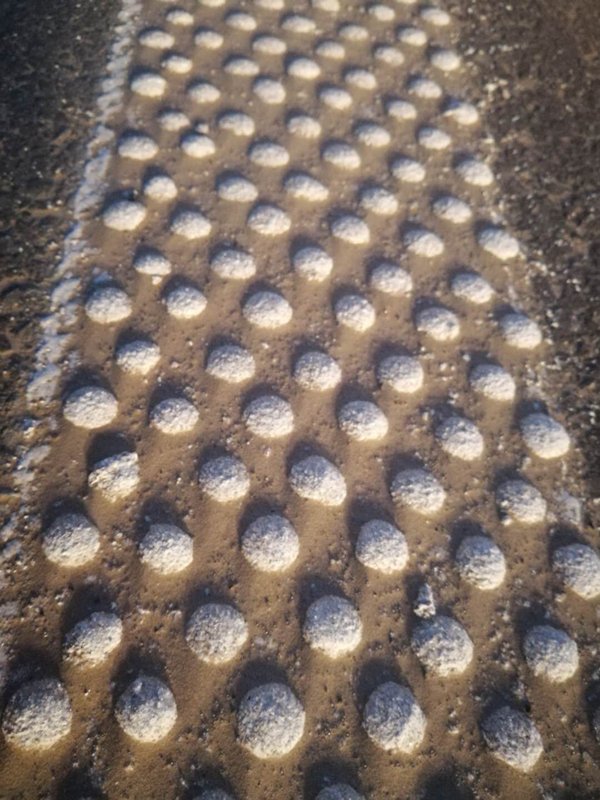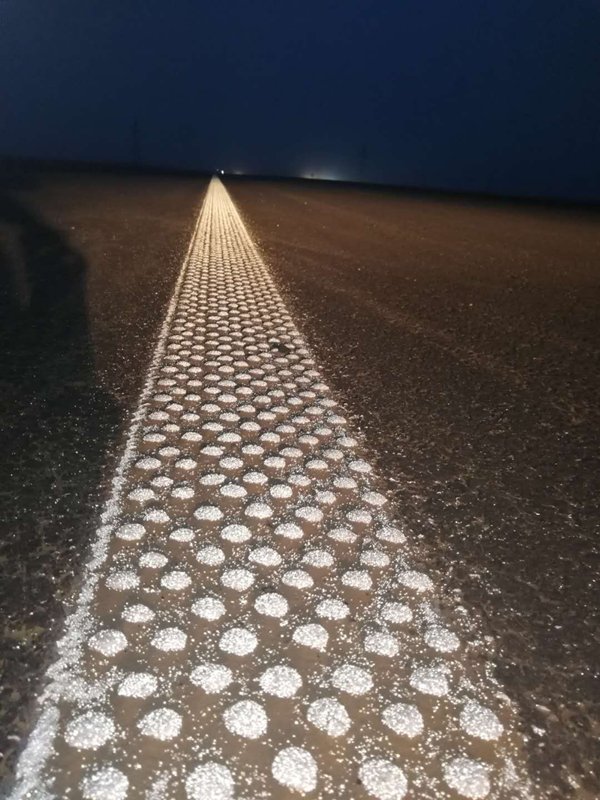Two-component dot road markings are increasingly used in city road markings. Mainly because its high brightness, high wear resistance, resistance to deformation, reflective in rainy night, resistance to falling off, its good drainage and rainy night reflective ability.
1. No Deformation in Summer and No Falling Off in Winter
The two-component marking is a reflection of chemical cross-linking, which makes the two component road marking coating higher density and slower to temperature changes. It has high toughness in both high and low temperature natural environment. These characteristics enhance the performance and service life of the two-component structural marking.
2. Multi-directional Reflective
The two-component dot road marking lines are reflective in every direction at night. The bumps of the oscillating road markings are extremely standard, and the return light has the function of fixed return light. The feature of multi-directional light return encourages the driver to see line markings better.
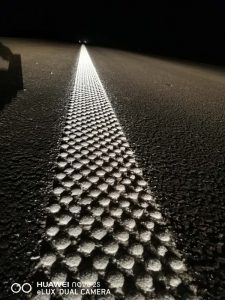
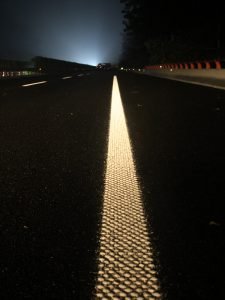
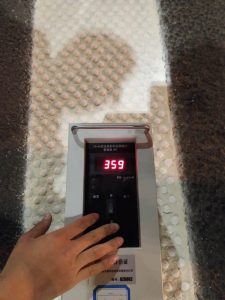
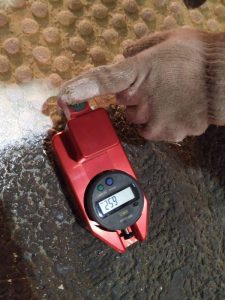
3. Strong Drainage
Two-component dot road markings are different from common flat line markings. Rain, dust, and sand can flow away through the gaps between dots. The 3-6mm thick dots is higher than road surface, so that the glass beads above the dot line can still reflective.
Two-component dot road marking is very suitable for Xinjiang desert area. As we all know, Xinjiang is far away from the ocean and deep inland, forming an obvious temperate continental climate. The lowest temperature in winter reaches -50°C and in summer it reaches 49°C. Under such large temperature difference, thermoplastic markings will be deformed in summer and fall off in winter. The two-component dot line is more suitable for desert areas in Xinjiang due to its super high weather resistance, multi-directional light reflection, and strong drainage.
Above video shows the Xinjiang customers using W-TCTV truck-mounted 2K dots road marking machine in 2019. Parts of the road are sprayed with dots lines. And some roads are first marked with 2K flat line as the base line, and then sprayed with 2K dot coatings. The thickness of the base line is 1.5mm, the thickness of the dot line is 4-5mm. The RL Dry Retroreflective Data is 359 mcd•m-2•lx-1. After 1 year, the base line is covered by sand, and the two-component dot road markings is still exposed, even at night, it still has a good reflective effect.
